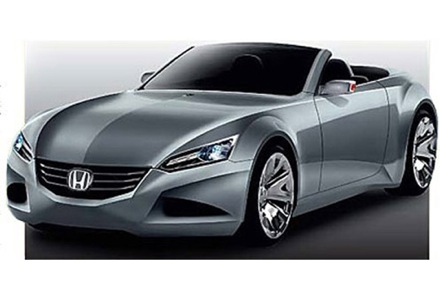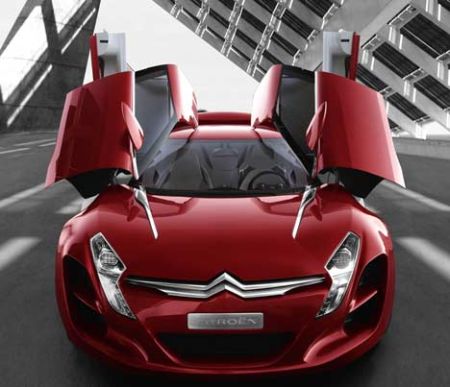likes to use the Lake Worther Tour, held annually in southern Austria at the end of May, as a place to show off some fresh ideas. Last year, the automaker brought out the radically styled
Clubsport Concept. Bowing this year is the
Clubsport Concept, a rehash of the not-for-U.S. A3 three-door that would drive any Eurotuner green, or perhaps red, with envy.
First up is the business end. Under the hood is a clean, Euro 5-compliant 2.0L four-cylinder turbodiesel pumping out 224 hp and 332 lb-ft of torque, which propels the hatch to 62 mph in 6.6 seconds on to a top speed of 149 mph. The gearbox is a six-speed manual, and power is sent to all four wheels via Audi's famous quattro all-wheel-drive system.
Stopping power at the front comes courtesy of potent six-piston calipers gripping lightweight, carbon-carbide 14-inch discs. Strangely enough, however, Audi couldn't be bothered to upgrade the rear brakes, which are straight from the production model. At least the brakes aren't drums.
Audi also equipped with A3 Clubsport with a stiff sport suspension that reduces the ride height by 1.42 inches and fitted it with the automaker's drive select driving dynamics system and magnetic ride adaptive damper control to maximize handling when necessary and ride comfort when not.
Visually, the car's goal is simple: Get attention. This it accomplishes well, for better or worse. The white-and-red paint scheme is eye catching, especially the No. 8 on the side. It's also hard to miss the giant front grille that brings memories of the Q7 V12 TDI Concept from the 2007 Detroit Auto Show or the massive honeycombs in the lower fascia. The rear fascia features two giant exhaust pipes that Audi says generate a "sonorous soundtrack," and there's a DTM-style spoiler mounted on the rear window. Rounding out the exterior changes are flared doors and quarter panels, Xenon headlights with LED running lights, bolt-on wheelarch extensions, and 20-inch, 10-spoke wheels.
The interior didn't undergo the same radical transformation as the exterior. The most notable changes over the standard A3 are the racing-style sport bucket seats, TDI Power-badged illuminated door sills, aluminum shiftgate, and a flat-bottomed steering wheel. The door panels and floormats also have been redesigned.
The result is that the A3 Clubsport weighs in at 3252 lb, is 0.63 in. longer than a standard 166.85-in.-long three-door A3, sits 1.42 in. lower with a height of 54.53 in., and boasts a wider track -- 61.73/61.14 in. front/rear, increases of 1.34 and 1.81 in., respectively. And it would fit in perfectly parked at a funny angle at a late-night enthusiast meet.



































































